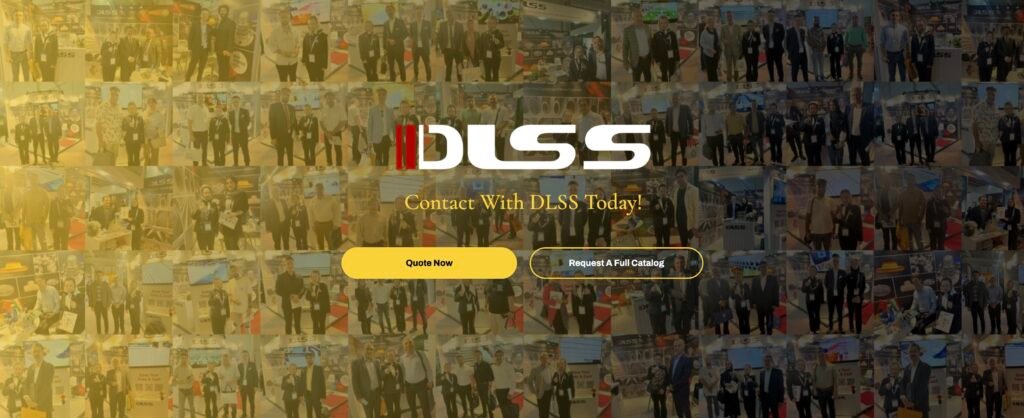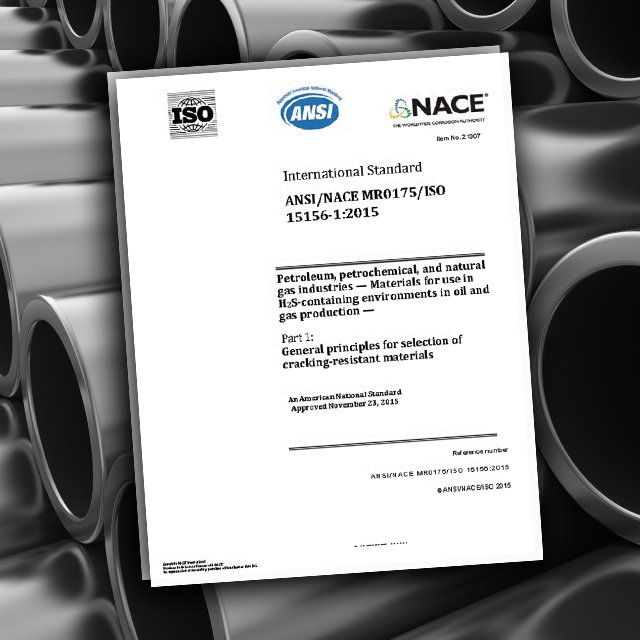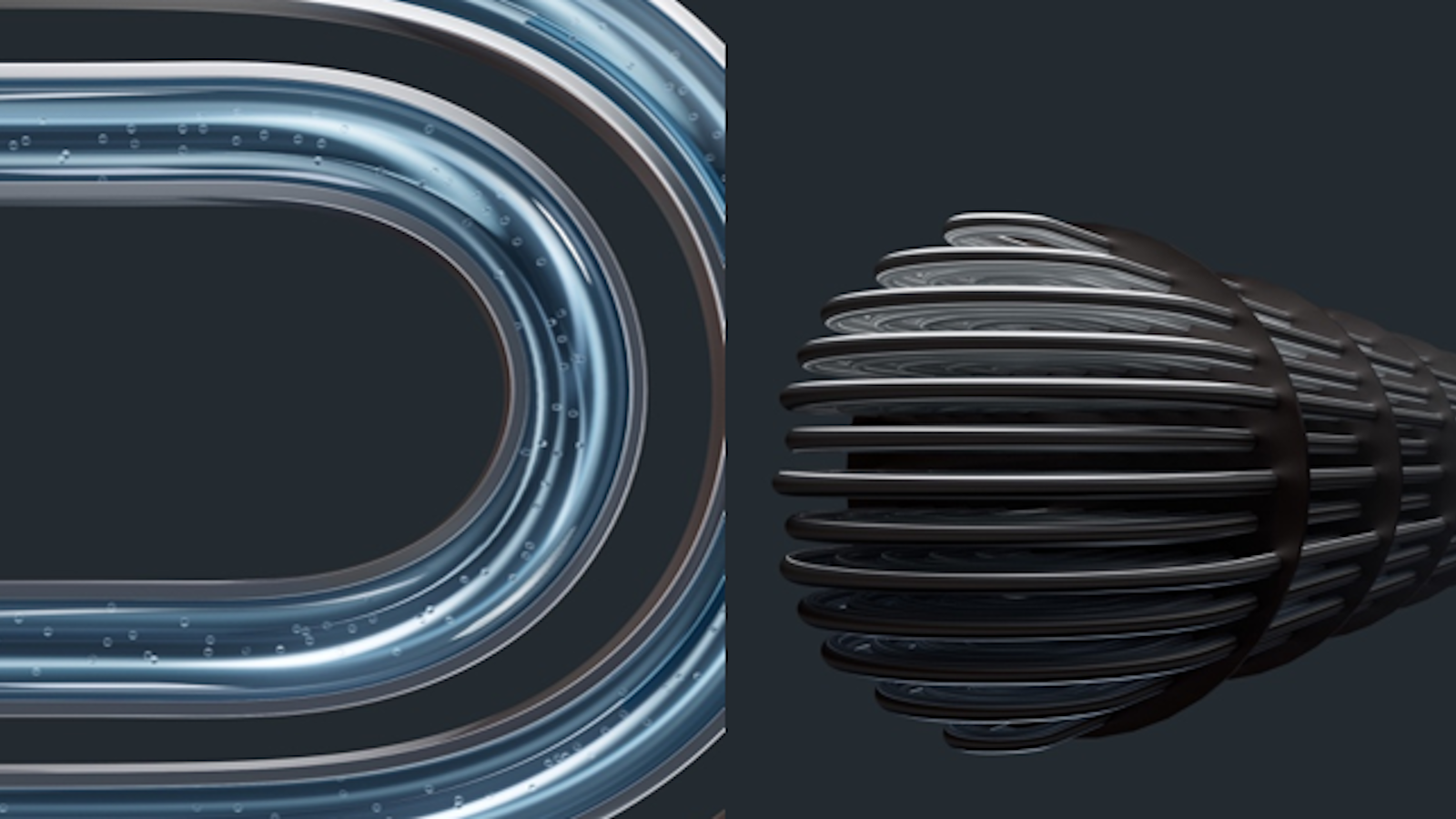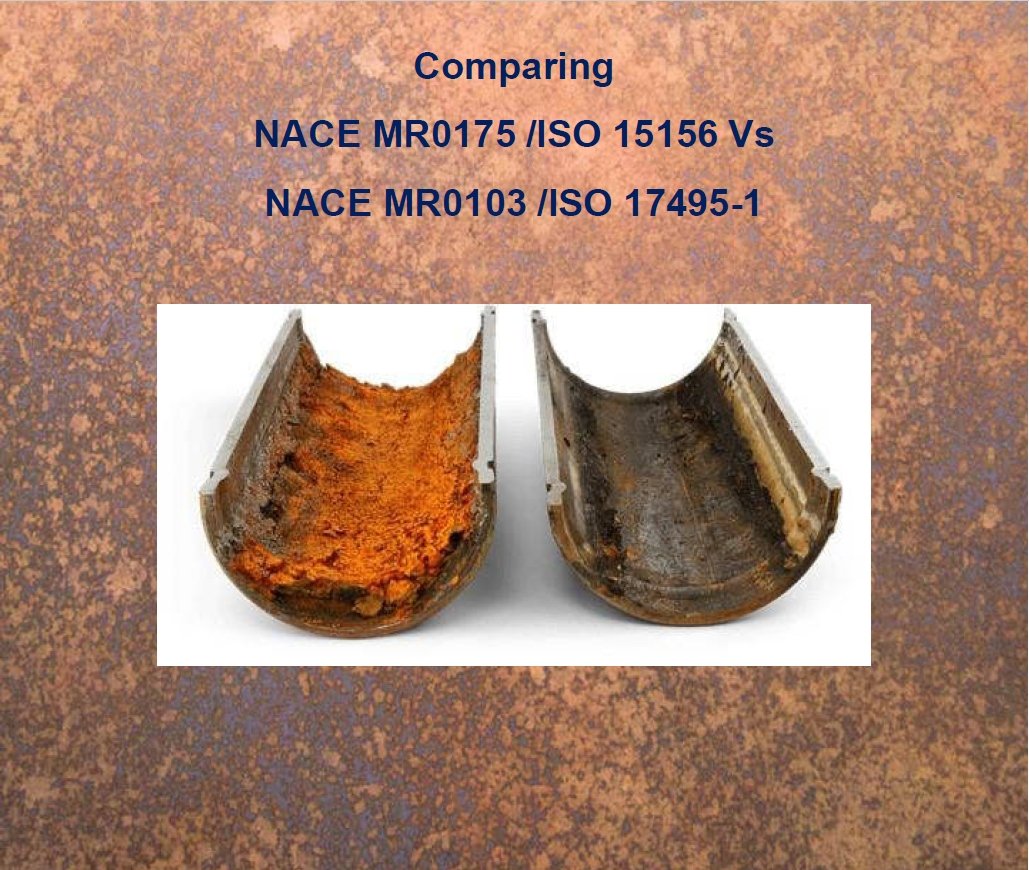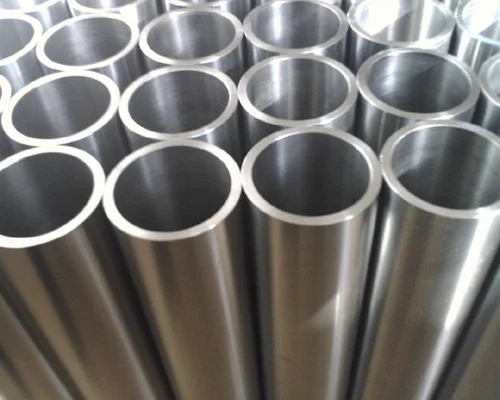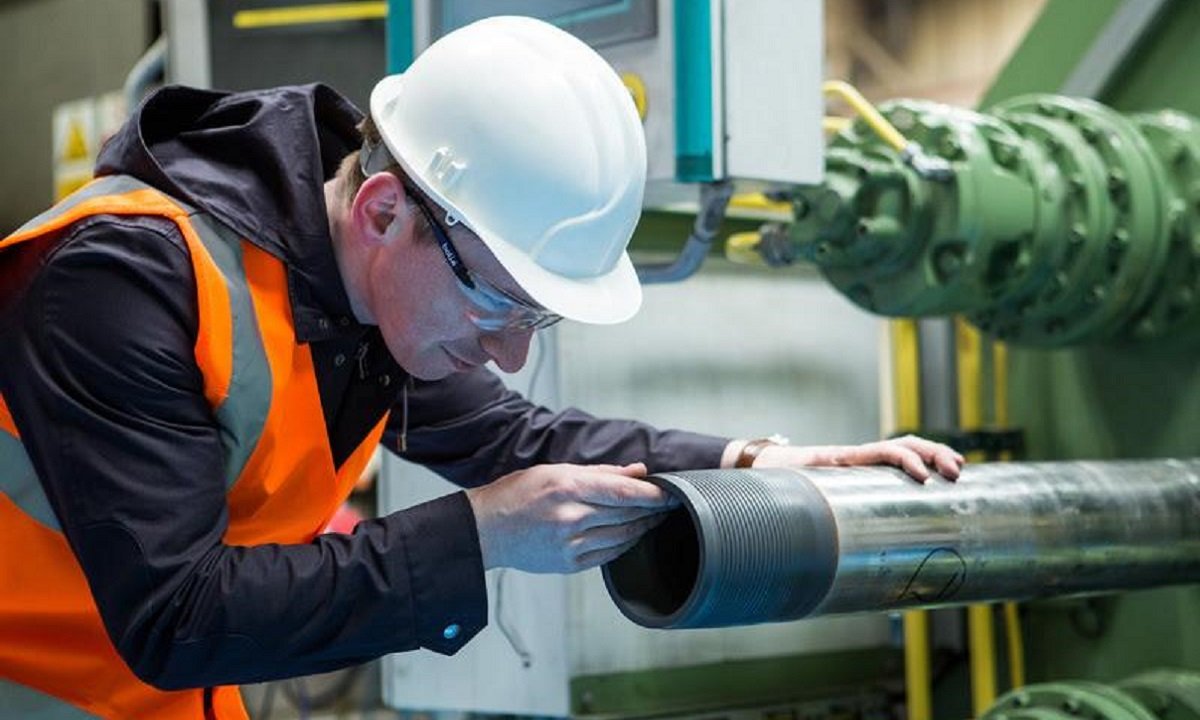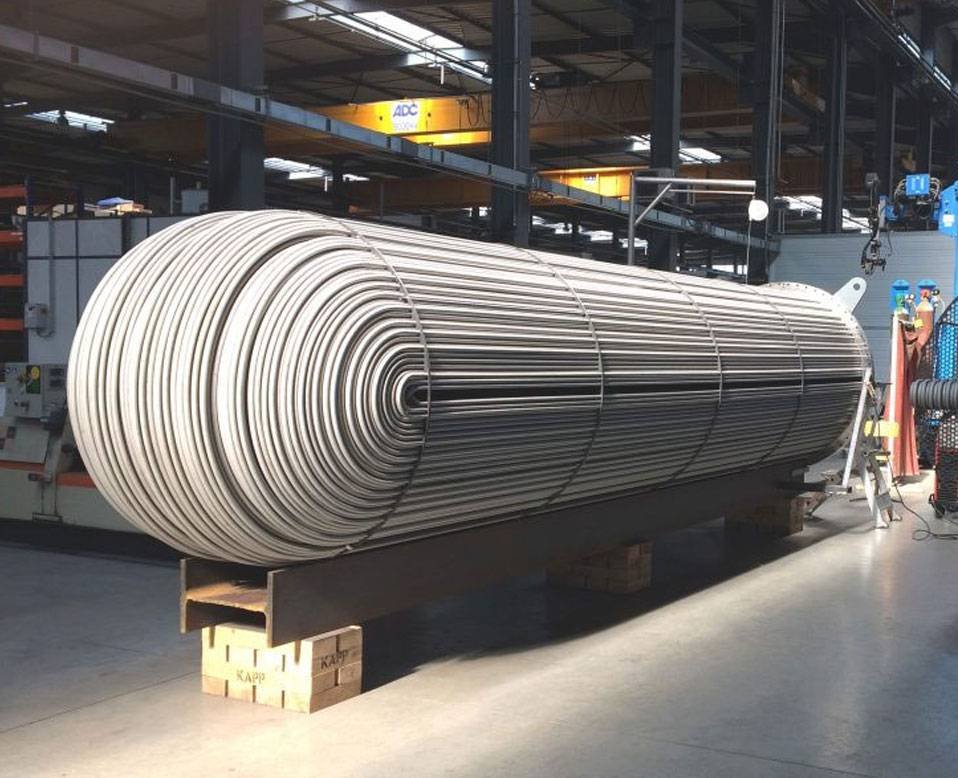Meta Description:
Learn how to select the right stainless steel heat exchanger tubes for petrochemical applications. Understand key material properties, standards, and how DLSS supports global projects.
Introduction
In petrochemical plants across South America, from Argentina’s refinery hubs to Brazil’s chemical corridors, heat exchangers are critical to plant efficiency, energy recovery, and process stability. But not all heat exchanger tubes are built alike.
Choosing the correct stainless steel seamless tube is essential to prevent corrosion, thermal fatigue, and early failure. This guide walks you through the key considerations, from material grades to international standards and typical usage in refineries and chemical units.
1. Why Tube Selection Matters in Petrochemical Applications
The operating conditions in petrochemical plants are intense:
- Exposure to corrosive fluids (e.g., chlorides, sulfides, hydrocarbons)
- High operating pressures (often over 30 bar)
- Thermal cycling and risk of stress corrosion cracking
- Need for long service life with minimal maintenance
Selecting a substandard or mismatched tube can lead to unscheduled shutdowns, leaks, and even unit failures.
2. Most Common Tube Materials in Petrochemical Heat Exchangers
| Material Grade | Key Properties | Typical Use Cases |
|---|---|---|
| TP316L (UNS S31603) | Good resistance to acid and chloride attack | Condensers, reboilers, overhead exchangers |
| TP321 (UNS S32100) | Stabilized for high-temp use, avoids carbide issues | Furnace and reformer exchangers |
| TP347H | High-temp creep strength, stabilized austenitic SS | Waste heat recovery exchangers |
| Duplex 2205 | High strength + SCC resistance | Sour gas exchangers, offsite units |
| Alloy 825 (UNS N08825) | Superior in sulfuric acid and H₂S environments | Alkylation unit exchangers |
More on corrosion-resistant materials: Outokumpu material selection handbook
3. Tube Design Considerations
When designing or selecting exchanger tubes, engineers should assess:
- Wall thickness: Based on pressure, fouling, and mechanical stress
- Tube length and straightness: For U-bend and fixed-tube sheet designs
- Surface finish: Pickled, polished, or bright annealed for optimal flow
- Tolerance and ovality: Especially important in high-precision tube bundles
- Testing protocols: Including eddy current, hydrostatic, and PMI
DLSS offers customized tubing with OD from 12.7 mm to 50.8 mm and wall thicknesses up to 4 mm for heat exchanger use.
4. International Standards to Follow
| Standard | Scope |
|---|---|
| ASTM A213 | Seamless ferritic & austenitic alloy tubes |
| ASTM A269 | General SS tubing for low pressure |
| EN 10216-5 | Stainless seamless tubes for pressure |
| ASME Sec II Part A | Required for ASME-coded vessels |
| TEMA | Mechanical requirements for shell & tube HX |
5. DLSS Support for Petrochemical Clients
We provide:
- EN 10204 3.1 / 3.2 MTCs
- NACE MR0175 compliance
- U-bent tubes with stress-relief
- Tube bundles & retubing service
- Custom packaging & labeling per refinery specs
We’ve supplied tubes to ethylene cracker units, hydrotreaters, and fractionation systems in both domestic and export projects.
Frequently Asked Questions (FAQ)
Q1: What tube material is best for sulfur-rich media in a refinery?
Alloy 825 and 904L offer excellent resistance in sulfuric and H₂S-laden environments.
Q2: Can DLSS supply U-bend tubes?
Yes. We offer U-bending services with precise radius control and post-bend annealing.
Q3: Do DLSS tubes meet TEMA requirements?
Yes. Our tubes can be manufactured to meet TEMA specifications for dimensional tolerances and mechanical properties.
Q4: What is the delivery time to South America?
Production typically takes 3–4 weeks, with sea freight transit of 30–40 days depending on destination.
Conclusion
Choosing the right heat exchanger tube for petrochemical use isn’t just about specs—it’s about plant uptime, safety, and cost control. DLSS provides certified stainless seamless tubes, project experience, and engineering guidance to support clients across Latin America and beyond.
Contact DLSS
Email: info@dlsspipe.com
Website: www.dlsspipeline.com
